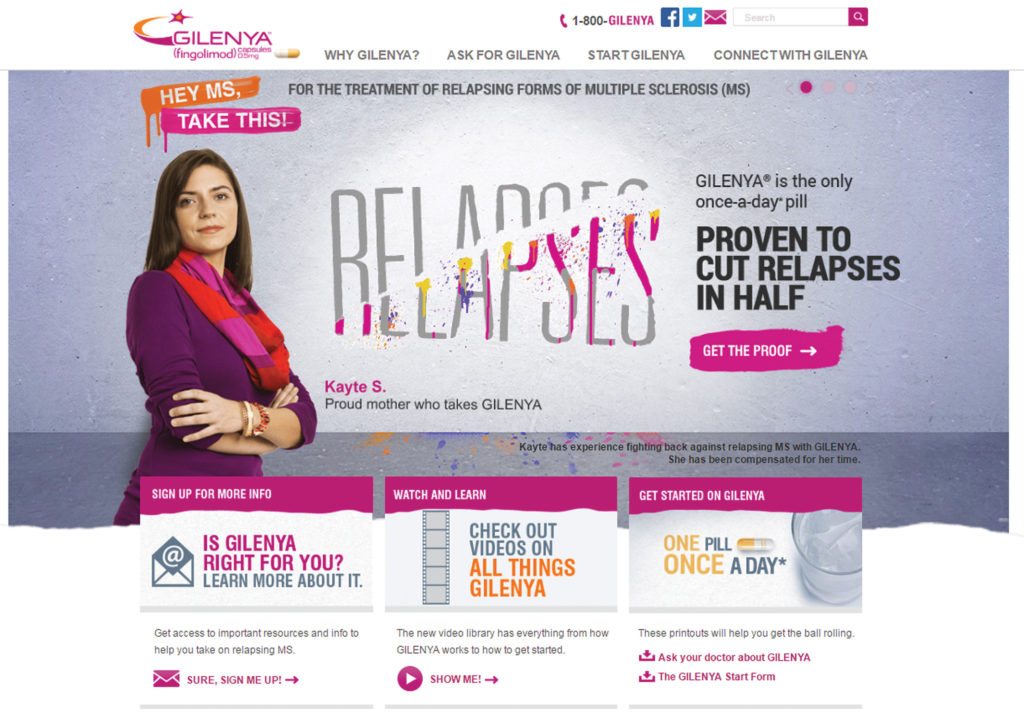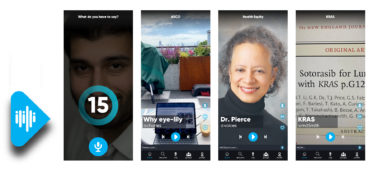 Times have changed, particularly when it comes to the art of branded healthcare sites.
Times have changed, particularly when it comes to the art of branded healthcare sites.
We live in a mobile world and this means that it’s all about creating, curating, and syndicating quality content for a small screen. Consumers are consuming health information like never before—and on the go. Put the two together, and we need to think and create consumer-friendly content that is contextually relevant. So, what does this mean and how do we do it?
Think, Create, and Write for Humans
Begin by creating a content platform for your brand. Think about what content is best to use in terms of both written content that uses words as well as visual content, which may be in the form of a video, an infographic, or a standard static image—they all tell stories. In this simpler templated world, the art of content creation or storytelling is more meaningful. It’s all in how you tell your story that engages and captivates your audience—or not. Remember, they aren’t scientists.
The use of appropriate colloquial language makes a difference. It helps make scientific and complex content bite-sized and easier for people (patients and caregivers) to understand. Snackable (bite-sized) content also takes into consideration the attention spans and time constraints typical of contemporary audiences. How can you distill complex subject matter to educate about your brand and what it has to offer? Content about a health condition needs to be empathetic. It should attempt to walk in the shoes of the viewer.
Bite-sized Creativity
Being creative with your content in this smaller environment becomes even more paramount. But you can tell unique stories about your brand that are heartwarming and relatable using video. One way to think of these stories is as branded edutainment. Educating and entertaining around a condition and its treatment are important. The content needs to understand its audience and make them feel like the brand understands their health challenges. Think about surprising ways to create these friendly experiences, like using charming animation, curating a blog that takes you through a “day in the life,” or by creating a 360° immersive experience. If you do this well, and you serve it up at just the right time in the right place, you will connect with your audience.
The beauty of creating for mobile is that everything about it is simple and intuitive, allowing you to make it easy for the user to navigate through content. The opportunity for brand differentiation is based on how creatively you curate and syndicate your content and in what context. Does it get me and does it tell a meaningful story in an interesting way and when I’m ready to engage?
Beautiful Interface Design is Equally Important
As you think about your user-friendly content, take the opportunity to design beautiful friendly interfaces and experiences—even when you have mobile guidelines to which you have to adhere. User interface (UI) design is an art; the treatment of the screen, whether it’s on mobile or any other device is key. Understanding whether it’s moving or static and how to use the positive and negative space to create visual pause needs to be artful and a means to pull your audience in and have them engage more. As you’re designing with limitations, the nuance of design within these screens is very important. Creating a visual language is key—the choice of fonts and the call to action buttons are an opportunity to design elegantly.
Some examples that demonstrate a user-friendly approach to branded platforms are:
1. PillPack.com is all about powerful storytelling. Its simple intuitive design navigates the user through a fast and frictionless e-commerce experience. The brand narrative surprises and delights throughout the user experience and drives engagement.
2. AstraZeneca.com is a corporate platform with a beautifully designed UI that serves up a diverse range of nugget-sized content to tell their brand story. This platform is an excellent example of a mixture of rich media and relevant content. The simple graphic visual language, along with the wide variety of choices, makes the user want to go deeper with each content well.
3. Gilenya.com is the first pharma branded platform that uses social media in a real way. While content rich, it is also easy to navigate. Gilenya.com lets the consumer walk in the shoes of the MS patient by featuring real patients’ stories. The peer-to-peer message platform provides an authentic approach to content development and helps MS patients feel supported and understood. They employ omnichannel syndication of content, including having a robust social presence.
As you gear up for your next branded platform, think mobile. Create, curate, and syndicate content that’s easily digestible and understands its audience. Ensure that you consider all aspects of UI as you design the visual language and pull through your branded content.
And lastly, remember that consumers are consuming information on the go. So, don’t just think content—think context. With this friendly approach to branded content platforms, you’ll need to be prepared for engagement and be ready to respond to your customers and optimize in real time as you mine the data.








